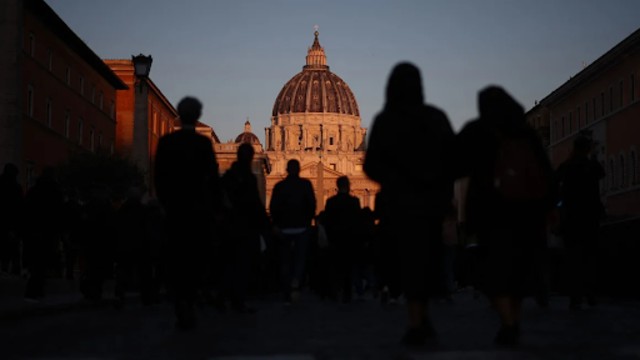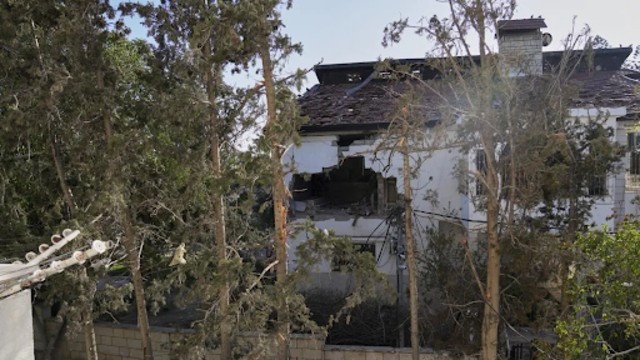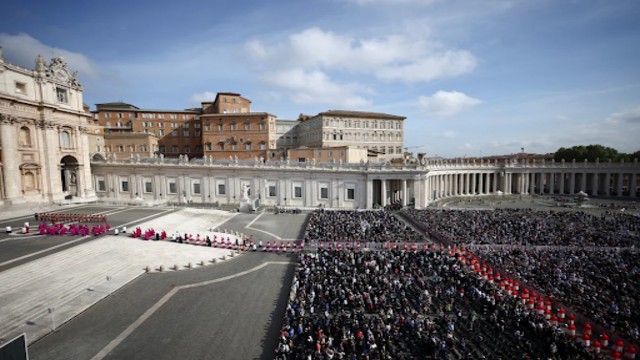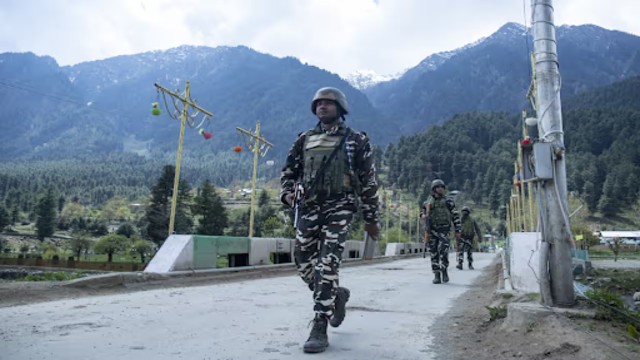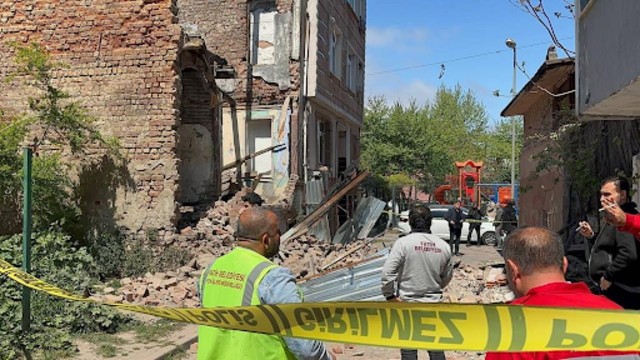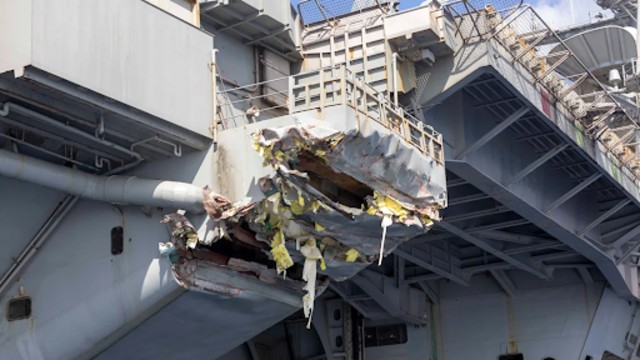
A small boat captured images of the USS Harry S. Truman’s exterior damage after it collided with a merchant ship on February 12 near Egypt. CNN
Newly released photos show the damage sustained by the US Navy aircraft carrier USS Harry S. Truman after it collided with a merchant ship last week. The massive warship docked at a naval facility in Souda Bay, Greece, for repairs over the weekend. The accident occurred near the entrance to the Suez Canal.
The images reveal damage on the ship’s starboard side. According to the US Navy, the collision affected several areas, including two storage rooms, a maintenance space, and a line-handling area. The fantail and a platform above one of the storage spaces were also impacted. However, the Navy assured that the aircraft carrier remains fully operational and has continued flight operations since the incident.
A team of experts, including structural engineers and naval architects, is assessing the damage. The Navy has not provided a timeline for repairs but confirmed that a plan is in place to restore the ship.
Collision in a Crowded Waterway
The USS Harry S. Truman collided with the Besiktas-M, a Panamanian-flagged bulk carrier, near Port Said in the Mediterranean Sea. The area is a busy anchorage for ships passing through the Suez Canal, making navigation challenging.
The merchant vessel also suffered damage, but no injuries were reported on either ship. Former US Navy captain Carl Schuster explained that such conditions allow little room for error. “There is not a lot of room for maneuvering in a restricted seaway, and both ships require about one nautical mile to stop,” he said.

A helicopter captured images of the USS Harry S. Truman’s damage after its collision with the merchant ship Besiktas-M near Egypt on February 12. Photo: CNN
Schuster noted that even a small navigation mistake, misreading the other vessel’s movements, or a delay in decision-making could have led to the crash. In such crowded waters, avoiding a collision becomes extremely difficult with limited options available.
Mission Continues Despite the Incident
Before the collision, the aircraft carrier had been stationed in Souda Bay for a short port visit after two months of active combat operations. During that period, it launched multiple strikes against Houthi rebels in Yemen and ISIS targets in Somalia.
Rear Adm. Sean Bailey, who leads the Truman’s carrier strike group, emphasized that the ship remains fully operational. The group includes a guided-missile cruiser and three destroyers. Bailey reaffirmed their commitment to security missions in the region.
“Our mission has not changed and we remain committed to responding to any challenge in this dynamic and global security environment,” he said.


